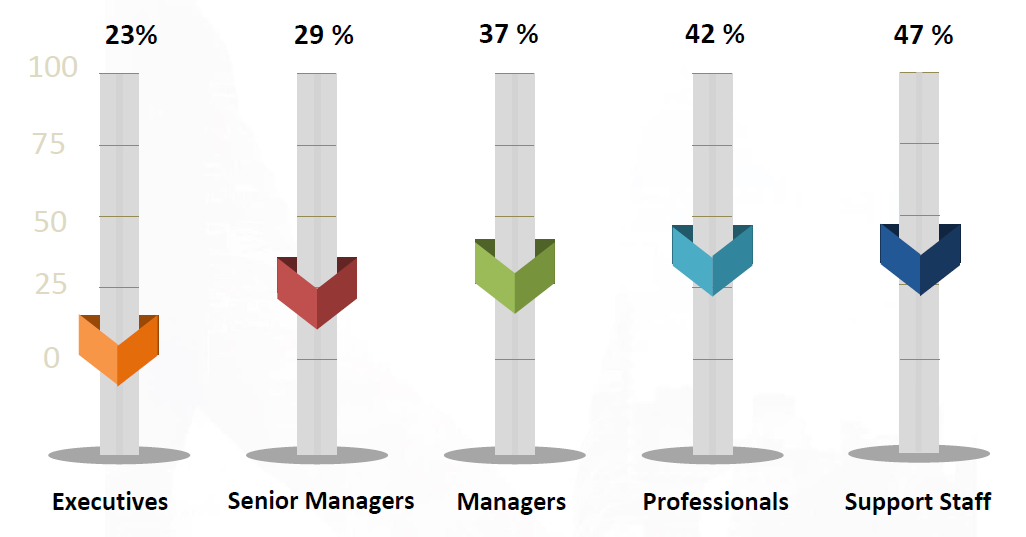Gender Diversity in the Workplace
Sophia, a hard-working mom, has been working with her current organization for almost five years. She joined her current employer after a disappointing experience with one of the major multinationals. At that time, she was a candidate for a managerial position with Edward who was obviously less competent than her. However, her manager did not choose her over him for that position.
She discussed the matter disappointedly with her husband. However, he said that he also thinks she is not ready to be a manager, because their child is still small and requires attention from a mother.
The next day she went to work as usual. Yet, something was missing. She lost her trust in the fairness of the organization. After a few months, her passion went out of the window as well. Then, her performance started to decline. She hated waking up in the morning and heading to work. On her appraisal day, she decided to quit.
Her friends tried to pull her out of this decision, but she insisted. She wanted to ignite the passion for her job. She wanted to feel comfortable going to work. Furthermore, she deserved a place where trust is mutual. Where she trusted her employer, and her employer trusted her as well; after all, she deserves to be happy! A couple of months away from this incident, she landed her dream job. She called her friends on the phone and jumped and screamed hysterically as she happily delivered the news. She remembers her first working day and how she was full of hope.
All those memories passed by as she stood there in front of the mirror adjusting her new suit. There have been rumors around the company that a managerial position is around the corner. Rumor has it that top management is considering either her or Tom, a recently hired colleague. She feels confident that this promotion is hers. Now, that she developed the necessary skills and several years of experience, there is no reason to be denied a managerial position. Today, they will probably announce the new manager, and she wants to look her best as she greets the department director. By the end of the day, the department director calls her in. She smiles to herself, armed with confidence, she extends her arm happily. The moment she has been dreaming of is about to come true.
Suddenly, all fall flat. The director delivers the news that they did not choose her. He moves on to assure her that this does not mean she has any shortcomings. It is just a strategic decision. Sophia does not register much of what he says. She sits there in despair, feeling angry and frustrated. She leaves the office, recalling her previously lost promotion. She sits at her desk, but her mind is away, wondering; was she not promoted because she is a woman, let alone a working mother? As the question hovered around, Tom passed by. He gave her a victorious look—time to update her resume.
But is Sophia the only one facing such discrimination in the workplace? Let's look at some data.
According to the August 2020 Edition of Fortune Global list1: Only 13 women (2.6%) were CEOs out of 500 Fortune Global companies. All of them were white.
An analysis by Mercer of over 1,100 organizations across the world found that representation of women decreased as the levels progressed1:

The above statistics show a significant variant between men and women ratios in the workplace, sometimes leading to gender inequality.
1Catalyst, Women in the Workforce: Global (Quick Take) February 11, 2021. Accessed 20 July 2021, https://www.catalyst.org/research/women-in-the-workforce-global/
For more about this topic, download our latest book "Building the Case of Gender Diversity in the Workplace" for FREE:
